The 3 Things You Need to Pack in Your Kid’s School Lunch
Packing a school lunch can be daunting – making sure your kids get the nutrition they need while also making sure they will actually want to eat it.
A study of over 600 third and fourth graders found that only 27% of home-packed lunches met the child’s nutritional needs (1). So obviously, there is some room for improvement here. However, I am very aware of the uphill battle parents are presented with every day: personal taste preferences, picky eating, and distracted eating during their lunch hour.
However, packing a school lunch that is nutrient-packed and delicious doesn’t have to be impossible. In fact, it can be as easy as three simple steps. Let’s first discuss the 3 steps to a healthy lunch, then review some overall tips for healthier school lunches.
I would consider these “The Holy Trinity” of a great school lunch. They simplify the stressful process of trying to meet every nutritional need for your child. Also, they increase the chance that your child will actually eat the food you pack. The aim is to have 2 of each category to give your child some options. So let’s dig deeper into each one.
Protein
Protein is the macronutrient that kids are often lacking. Not only does it promote healthy growth, but it is necessary for maintaining a healthy weight in childhood. The daily recommendations are 0.95g of protein per kg of body weight for 4-13-year-olds and 0.85g per kg of body weight for 14-18 year-olds (2). For infants and toddlers under the age of 4, 1-1.5g per kg is needed. Click here for kid-friendly protein options.
Color
This is where the fruits and vegetables come in. Again, providing more than one option (even up to 3) can increase the likelihood of them eating it by 15% (3). To best support a variety of vitamins and minerals, aim for their 2-3 produce options with a variety of colors and to rotate the colors of produce each week.
“Preferred” or “Favorite” foods
These foods will obviously be different for each kid, but serving at least two foods that are known as “favorites” or “preferred” foods in their lunch box drastically helps increase intake. Not only does it make them more comfortable during mealtime, but it helps them socially connect with other kids during lunch. So go ahead and include those peanut butter crackers or cookies – it will likely lead to a more enjoyable lunch for your child and a more neutral relationship with “treat” foods.
Other tips for a successfully packed lunch:
Add fun tools or accessories (toothpicks, forks, cupcake liners)
Additional tools included in the lunch box like toothpicks, cupcake liners, or forks do WONDERS to improve a child’s attitude about their meal. Firstly, they visually help bring attention to certain parts of a meal that might have gone unnoticed. They also help encourage the child to eat certain foods if toothpicks or forks are already placed in the food and ready to eat. This is more appropriate for toddlers and young children between the ages of 1-8.
Ask your kids to help you pack their lunch
Allowing kids to be a part of the lunch-packing process gives them investment and ownership over their food choices. A kid’s life is generally lacking autonomy (oftentimes for good reason). However, this makes them crave authority and the ability to make their own decisions. Because of this, giving them decision-making roles for their lunch gives them the excitement that is likely to transfer over into eating more types of foods (4).
Have a conversation about failed or successful lunches
In a non-shaming, non-accusatory, neutral way, asking your kids about their experience during lunch can help get to the bottom of why their lunch box might come back full of food. Some examples of neutral language to start this conversation is:
“I noticed your lunch box was full, is there something we can include in there tomorrow that you would like to eat?”
“Do you feel rushed when you eat at school?”
“You love eating apples at home, but don’t always eat them at school during lunch. Is there something we can do differently to the apples we pack in your lunch?”
These conversations will not always lead to the most productive answers – lunch was a LONG time ago for kids and they honestly might not remember why they ate the things they did. But in the case that there is a simple fix (aka trimming the skin off the apples, peeling the oranges), it’s worth a conversation!
Pre-cut foods
Kids are often in a time crunch during lunch as well as distracted by friends while eating. Both of which lead to decreased investment in eating their food. So the more difficult it is to eat, the less likely they are to eat it. Although it takes more time, cutting up the meat or cheese, peeling the orange, or dicing the fruit can make a huge difference in your kid’s lunch intake.
Reduce calorie-dense beverages like milk and sodas
This is only IF your child is repeatedly bringing home full lunch boxes. There is nothing wrong with kids “drinking their calories” (sometimes it’s even really helpful!). But if children are frequently filling up on their milk, juice, or soda – it might be getting in the way of a nutrient-dense meal.
References
- Hubbard KL, Must A, Eliasziw M, Folta SC, Goldberg J. What’s in children’s backpacks: foods brought from home. J Acad Nutr Diet. 2014 Sep;114(9):1424-31. doi: 10.1016/j.jand.2014.05.010. Epub 2014 Jul 16. PMID: 25037557; PMCID: PMC4149824.
- Hudson JL, Baum JI, Diaz EC, Børsheim E. Dietary Protein Requirements in Children: Methods for Consideration. Nutrients. 2021 May 5;13(5):1554. doi: 10.3390/nu13051554. PMID: 34063030; PMCID: PMC8147948.
- Cohen JFW, Hecht AA, Hager ER, Turner L, Burkholder K, Schwartz MB. Strategies to Improve School Meal Consumption: A Systematic Review. Nutrients. 2021 Oct 7;13(10):3520. doi: 10.3390/nu13103520. PMID: 34684521; PMCID: PMC8538164.
- DeJesus JM, Gelman SA, Herold I, Lumeng JC. Children eat more food when they prepare it themselves. Appetite. 2019 Feb 1;133:305-312. doi: 10.1016/j.appet.2018.11.006. Epub 2018 Nov 16. PMID: 30448413; PMCID: PMC6768385.

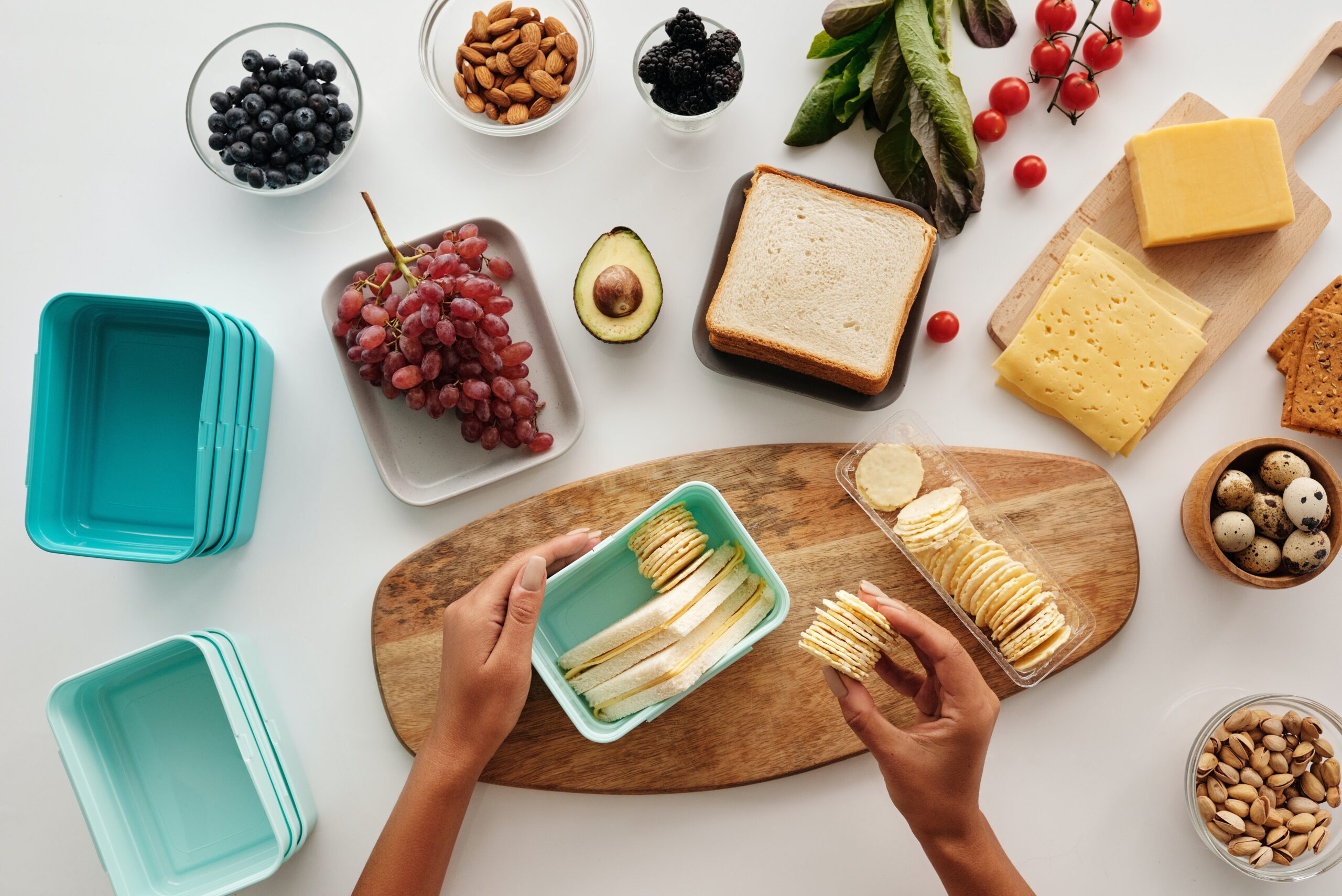
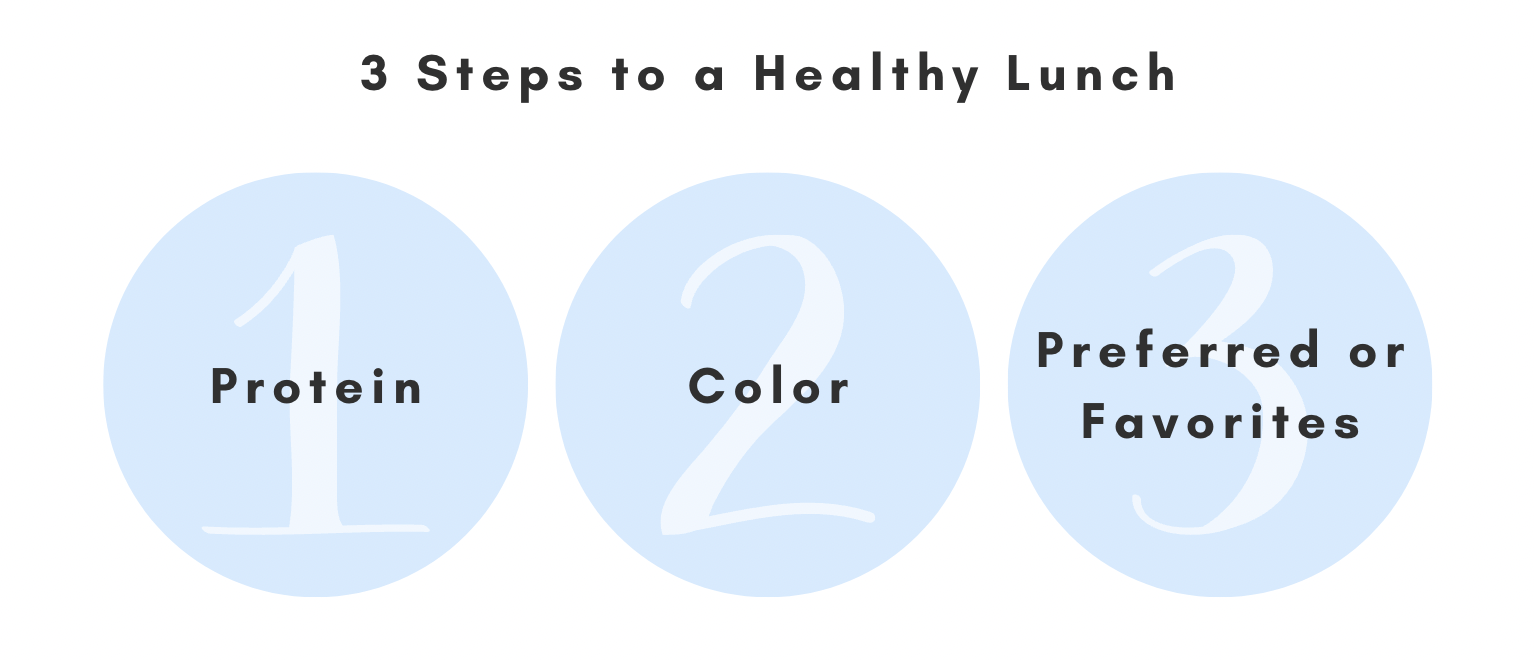
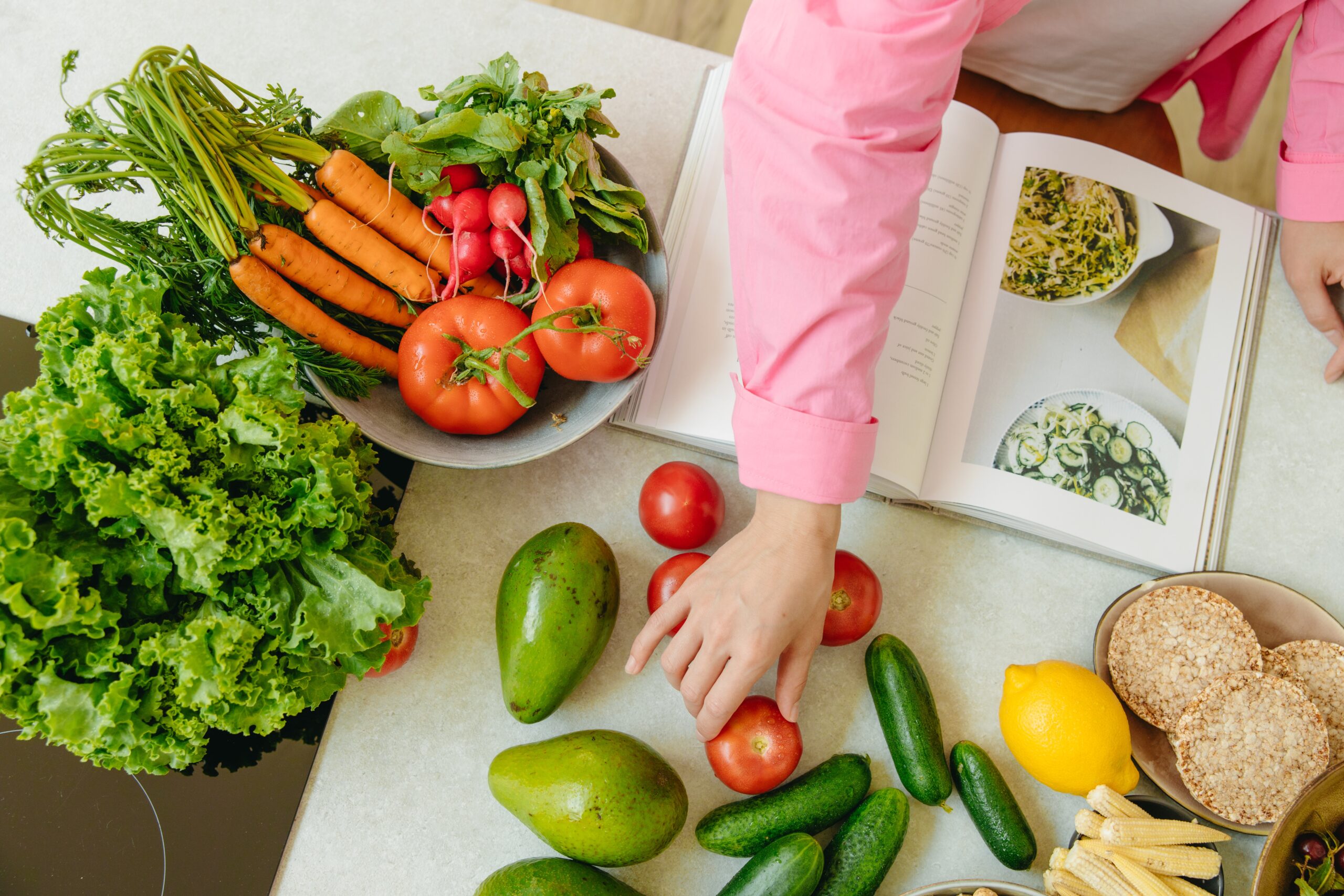
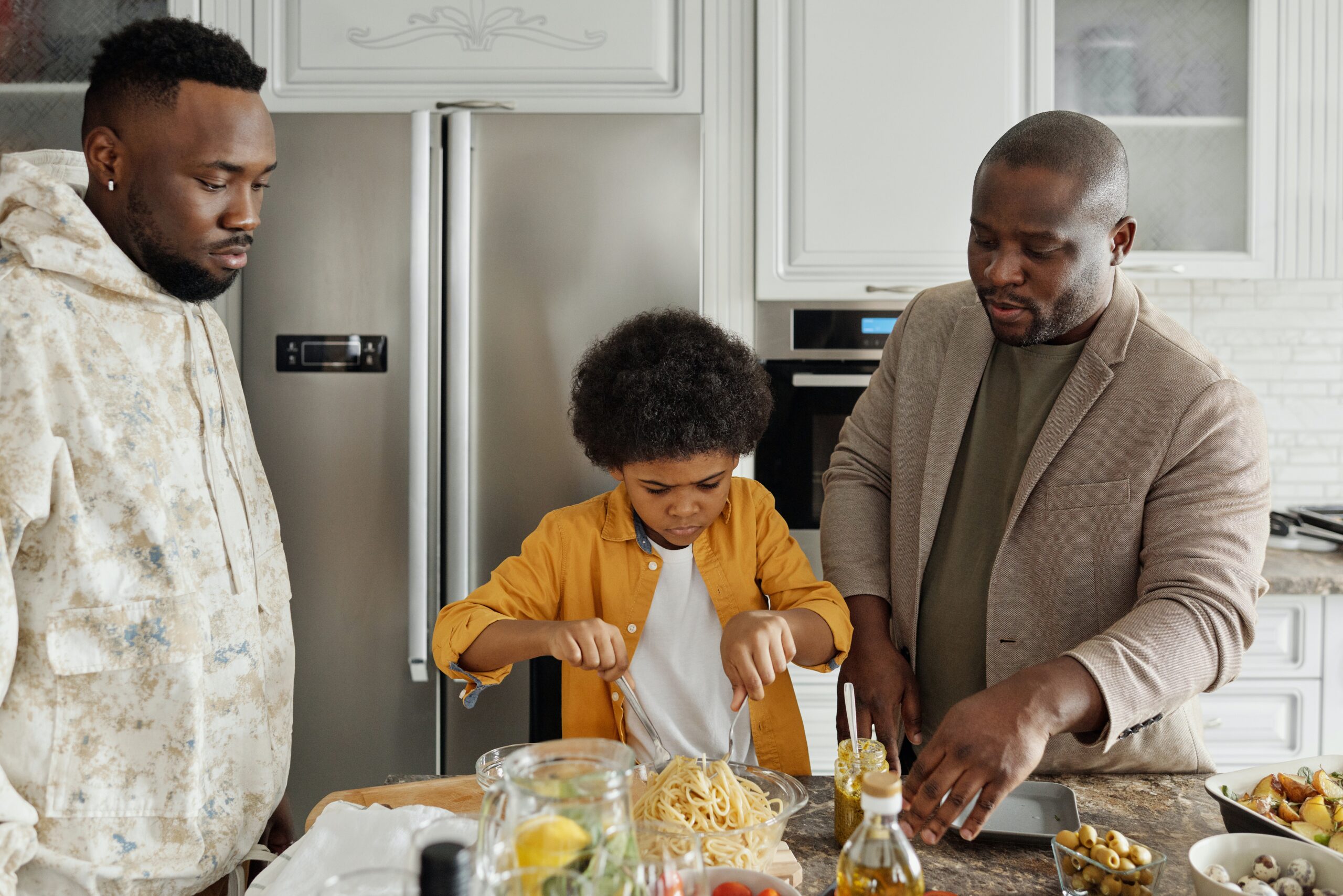
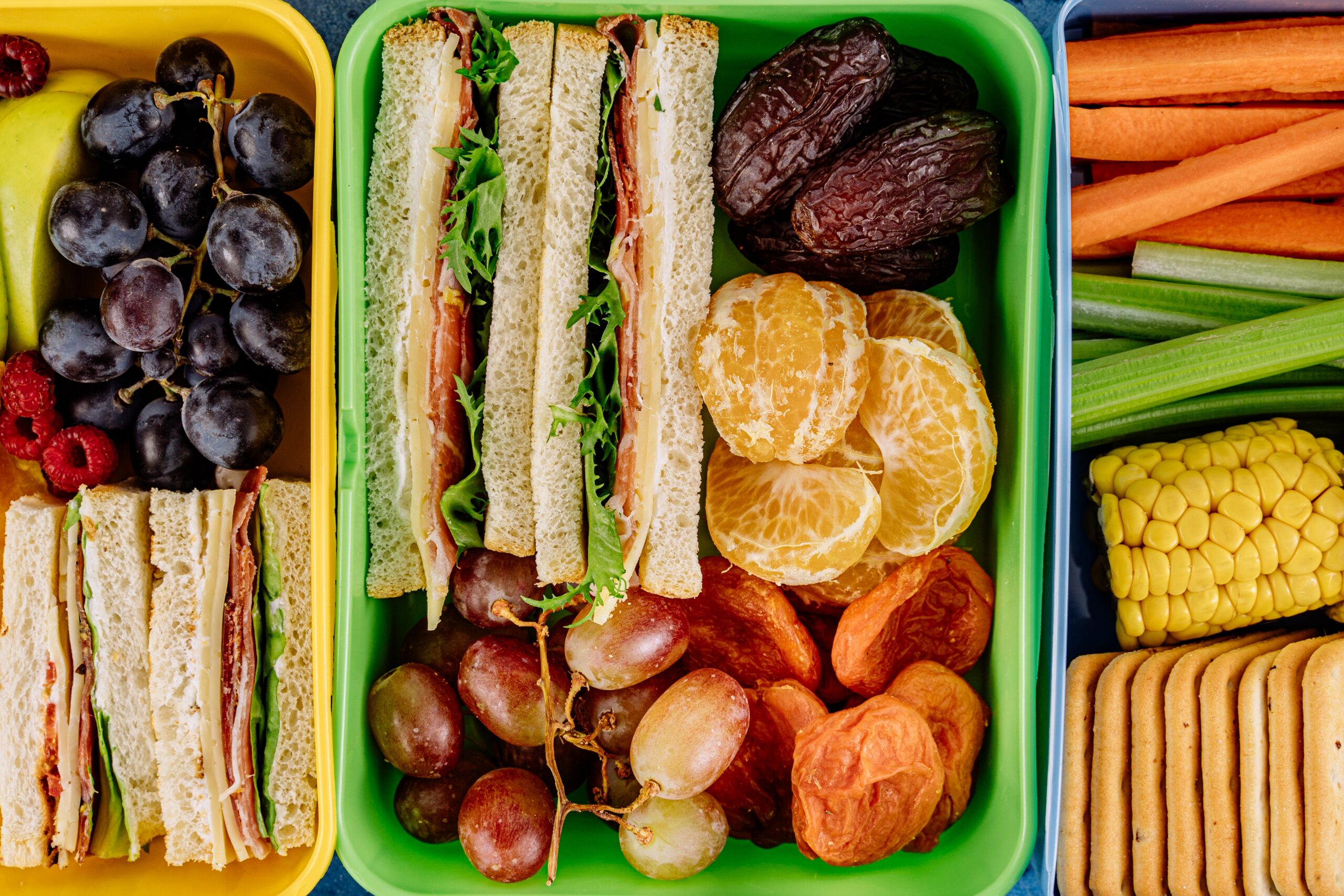
Thank you for sharing such practical and insightful tips on packing school lunches for kids! Your article offers valuable guidance for parents striving to provide nutritious and enjoyable meals for their children. The emphasis on balanced nutrition, variety, and convenience is truly helpful, making the task of lunch packing seem less daunting.
Thanks for your comment! Anything to make school lunches a little easier 🙂
Pingback: High Protein Foods for Picky Eaters [Store-bought]